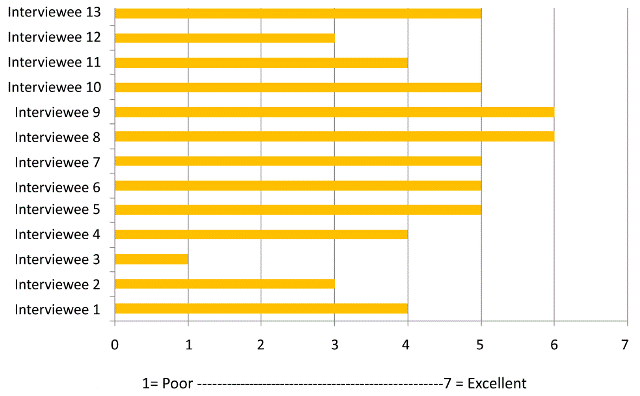Research Article Open Access
"My Preference would be to be at Home": Patients' Experiences of their Hospice at Home Care
| Elizabeth McKay*, Ann Taylor and Claire Armstrong | |
| Brunel University London, UK | |
| Corresponding Author : | Elizabeth McKay, PhD Brunel University London, UK Tel: 441895268754 E-mail: elizabeth.mckay@brunel.ac.uk |
| Received July 07, 2014; Accepted September 15, 2014; Published September 25, 2014 | |
| Citation:McKay E, Taylor A, Armstrong C (2014) "My Preference would be to be at Home": Patients' Experiences of their Hospice at Home Care. J Palliat Care Med 4:189 doi:10.4172/2165-7386.1000189 | |
| Copyright: © 2014 McKay E, et al. This is an open-access article distributed under the terms of the Creative Commons Attribution License, which permits unrestricted use, distribution, and reproduction in any medium, provided the original author and source are credited. | |
Visit for more related articles at Journal of Palliative Care & Medicine
Abstract
A specialist 'Hospice at Home' (HaH) service commenced in 2006 in Mid West Ireland whereby participants received palliative care from a specialist team in their own home. An independent team was commissioned to evaluate the key stakeholders' perspectives of this service including patients, carers and staff. This original paper presents the findings from the patients receiving the HaH service. Objective: The investigation aimed to examine the experiences of patients receiving Hospice at
from a new multidisciplinary palliative care team. Method: Possible participants were drawn from the clinical register and screened for suitability. Fifteen participants were selected and interviewed using a structured interview schedule; interviews were transcribed and subjected to thematic analysis. Results: Overall, participants' experiences of the service were positive with quality of care being highly rated. Participants regarded the service as supportive and responsive, particularly in relation to
and symptoms. Excellent communication and interpersonal skills from Hospice at Home staff members were highlighted. Overall, participants rated their own quality of life as high; although this cannot be attributed to the HaH service alone. Although not explicitly asked about, the possibility of being a burden to family remains an issue for those being cared for at home. The majority of participants were very satisfied with the service enabling them to be cared for at home. Areas for future improvements to the HaH service emerged, including discussions about advanced care directives, access and method of referral to the Hospice at Home service and patients' understanding of the service being delivered. Conclusion: The Hospice at Home Service supported participants in facilitating their choice to be care for and to die at home. However, discussion with patients, family and HaH staff is recommended concerning place of death and the range of services provided by the HaH.
Tables and Figures at a glance
| Table 1 | Table 2 | Table 3 |
Figures at a glance
 |
| Figure 1 |
Relevant Topics
- Caregiver Support Programs
- End of Life Care
- End-of-Life Communication
- Ethics in Palliative
- Euthanasia
- Family Caregiver
- Geriatric Care
- Holistic Care
- Home Care
- Hospice Care
- Hospice Palliative Care
- Old Age Care
- Palliative Care
- Palliative Care and Euthanasia
- Palliative Care Drugs
- Palliative Care in Oncology
- Palliative Care Medications
- Palliative Care Nursing
- Palliative Medicare
- Palliative Neurology
- Palliative Oncology
- Palliative Psychology
- Palliative Sedation
- Palliative Surgery
- Palliative Treatment
- Pediatric Palliative Care
- Volunteer Palliative Care
Recommended Journals
- Journal of Cardiac and Pulmonary Rehabilitation
- Journal of Community & Public Health Nursing
- Journal of Community & Public Health Nursing
- Journal of Health Care and Prevention
- Journal of Health Care and Prevention
- Journal of Paediatric Medicine & Surgery
- Journal of Paediatric Medicine & Surgery
- Journal of Pain & Relief
- Palliative Care & Medicine
- Journal of Pain & Relief
- Journal of Pediatric Neurological Disorders
- Neonatal and Pediatric Medicine
- Neonatal and Pediatric Medicine
- Neuroscience and Psychiatry: Open Access
- OMICS Journal of Radiology
- The Psychiatrist: Clinical and Therapeutic Journal
Article Tools
Article Usage
- Total views: 14360
- [From(publication date):
October-2014 - Apr 02, 2025] - Breakdown by view type
- HTML page views : 9805
- PDF downloads : 4555
